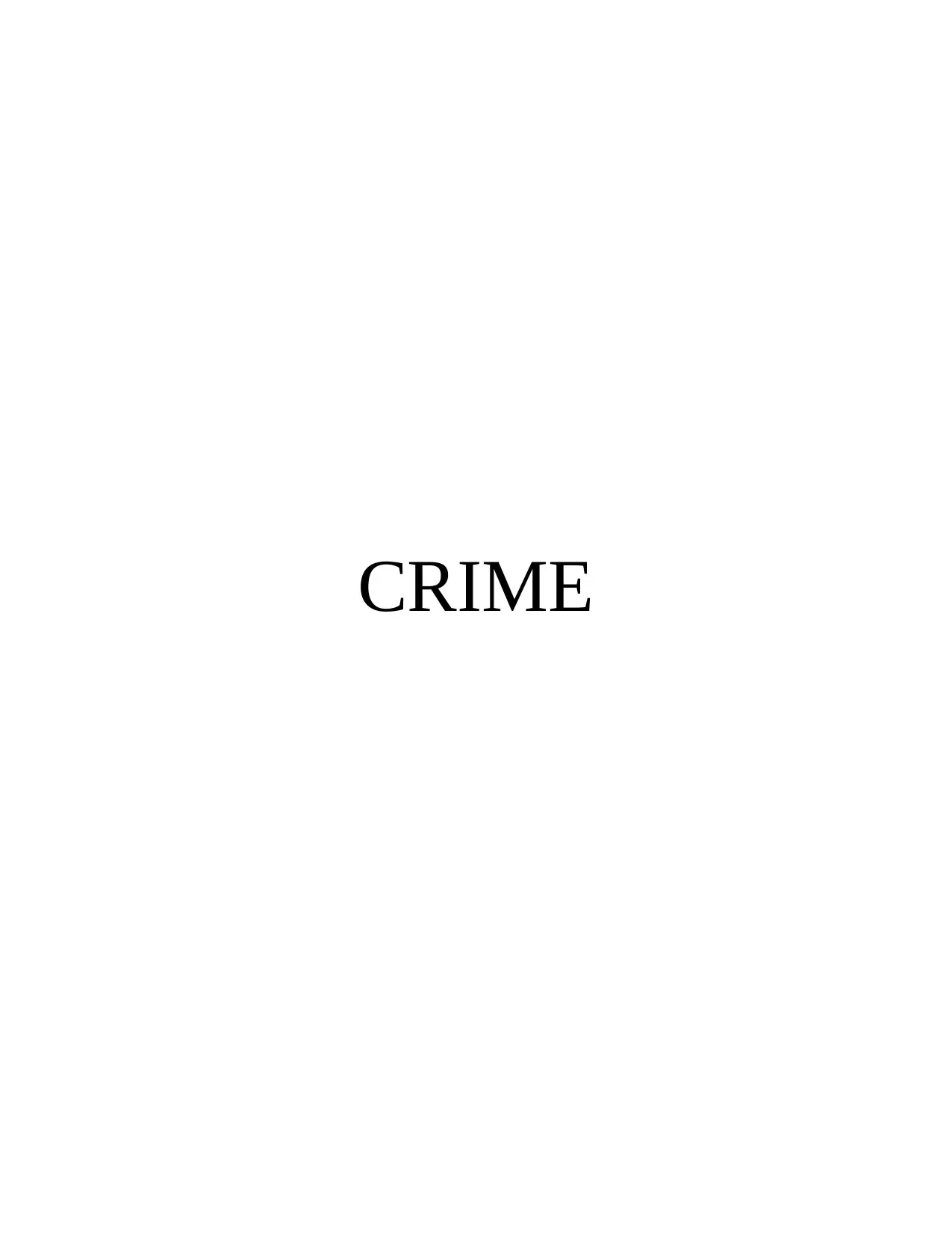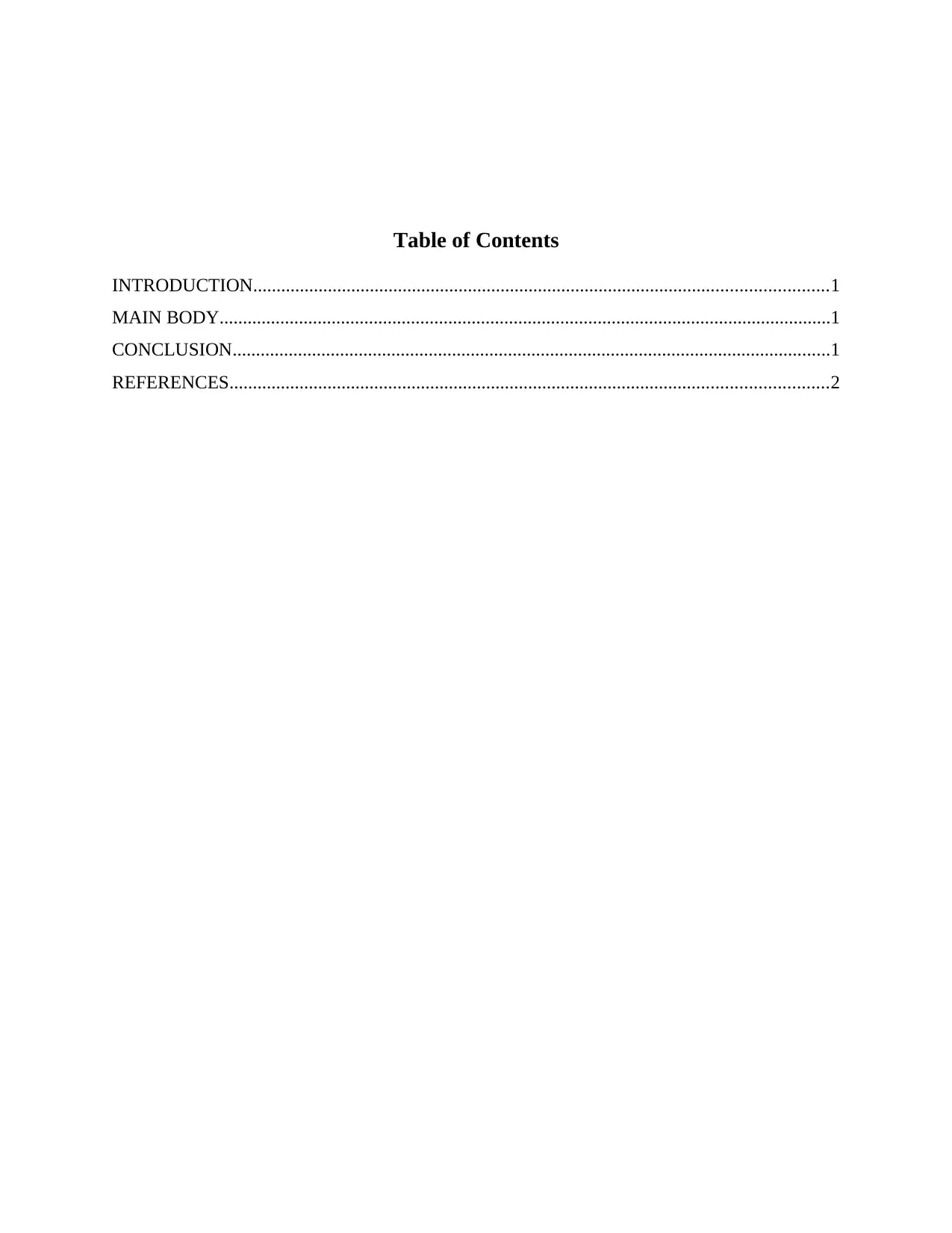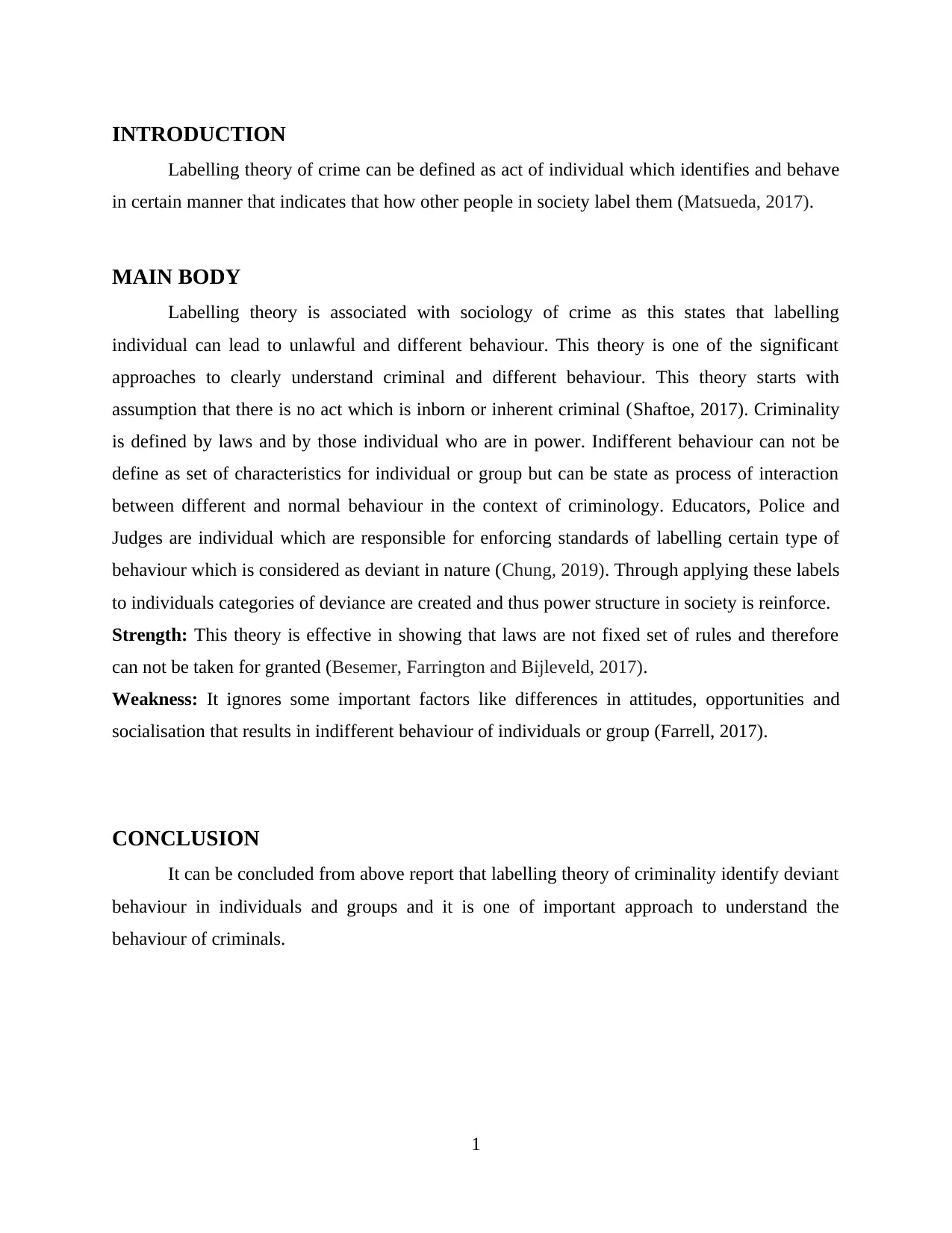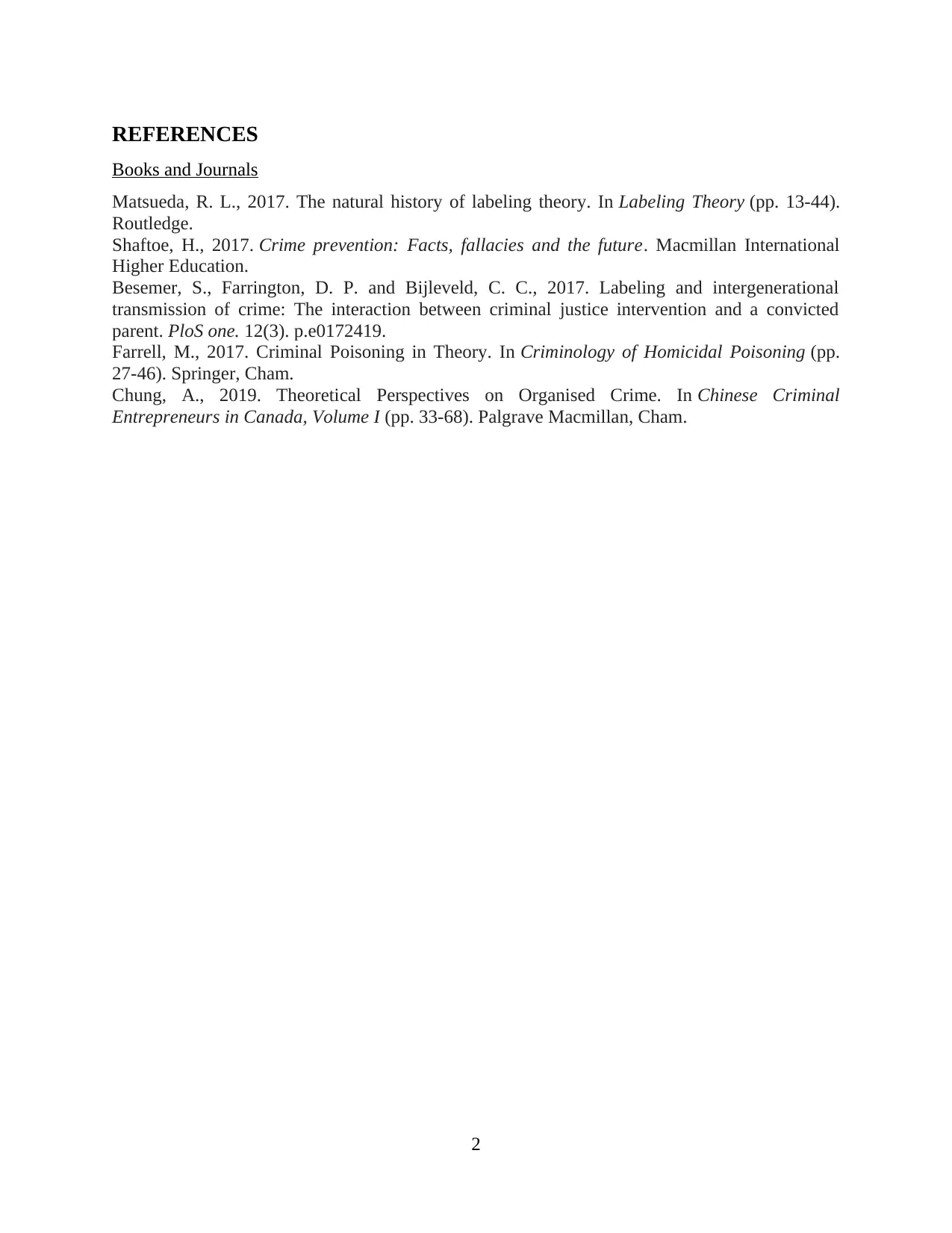An Analysis of Labelling Theory and its Influence on Criminal Behavior
VerifiedAdded on 2023/01/16
|4
|465
|53
Report
AI Summary
This report delves into the concept of Labelling Theory, examining its core principles and applications within the field of criminology. It provides a comprehensive overview of the theory, including its origins, key concepts, and the ways in which it explains criminal behavior. The report explores the strengths of Labelling Theory, particularly its ability to highlight the social construction of deviance and the impact of societal reactions on individuals. It also addresses the limitations of the theory, such as the difficulty in explaining the origin of criminal behavior and the lack of attention to individual differences. The report is based on an analysis of existing literature, including the works of Matsueda, Shaftoe, Besemer, Farrell, and Chung. The report then concludes with a summary of the key findings and implications of Labelling Theory.
1 out of 4











![[object Object]](/_next/static/media/star-bottom.7253800d.svg)